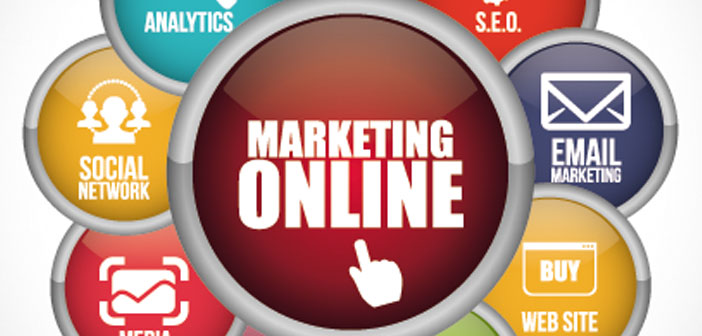BY: Cody Bender
In the everchanging world of marketing, it seems like a constant battle to balance new trends, while also sticking to the tried-and-true tactics that push your business forward. Add in the fact technology is always evolving, with new platforms or strategy altering features being added to the market daily, and it can seem even more daunting.
For instance, we continue to see new social platforms being introduced — starting with Myspace in 2003, and continuing on with Snapchat and Vine — but we also see these social networks quickly disappear or become irrelevant. And what happens when consumers flock to a new platform, leaving behind the outdated one that your business had devoted its strategy to and invested a large piece of your marketing budget in?
While it seems that the easy answer would be that every marketer should always have a mix of both established and emerging platforms in their strategy, it’s not a rare occurrence to find businesses who put most or all of their budgets in a few select, potentially unstable tactics. It can be especially common among small businesses that are looking for a tactic that will quickly put their growing business in the spotlight. There’s a reason why over 1,000 small business owners and decision-makers ranked traditional email marketing near the top of their list as a key tool for gaining new customers and building brand awareness.
Marketers who are looking to add new tactics to their arsenal should follow a few best practices to ensure they’re making the right moves for their long-term and short-term strategy.
Consider the Target Market
Too often we see businesses investing marketing dollars into tactics because they’re high performing, but are they actually successful with your target market? For example, Instagram stories have become a valuable piece of the marketing mix, but if your target market does not include 18-29-year-olds then you’re paying to share your message with the wrong group of people. If you have not formally defined a target audience yet, then we recommend beginning there.
Once this is done, ask yourself, “Will this tool or platform help me to reach this target market?” Depending on your brand and industry, “reach” can be defined as brand awareness, increased sales, newsletter signups and more — but, if the answer is no, then this is a simple way to knock out an idea for before going any further.
Evaluate Brand Priorities
Once you’ve confirmed a new tool or platform will help your brand reach the correct audience, it’s time to ensure it complements the brand priorities. First review the current goals set for the brand. Does this new marketing tactic help accomplish any of the listed priorities, preferably more than one? If it does, then this may be an appropriate option to add to the strategy.
If you’re unsure, then make a list of what this desired tactic can help you accomplish. Do any of those items connect to the priorities you previously listed out? If not, then don’t spend your time and resources on it. Ultimately, those priorities are the key performance indicators that you will be held accountable for so don’t invest in something that won’t help you do it.
Understand the Company’s Budget
If the proposed tactic is two for two on the above requirements, it’s vital to now take into account the company’s budget. Most importantly, marketers will need to ensure the tactic fits into the allocated marketing budget. Not only does there need to be money to spend on it, but enough money. For example, does the company have enough budget to spend on Facebook ads to ensure they are prominent or is they spend too small to make a splash?
If the marketing trend has made it this far, then it can be seen as a potentially wise investment. Remember though, it’s all about balance and what works best for your specific brand — don’t forget the traditional, tried-and-true marketing channels that will also continue to drive businesses forward.
Cody Bender is the Chief Product Officer of CM Group, the parent company of Campaign Monitor, www.cmgroupglobal.com




